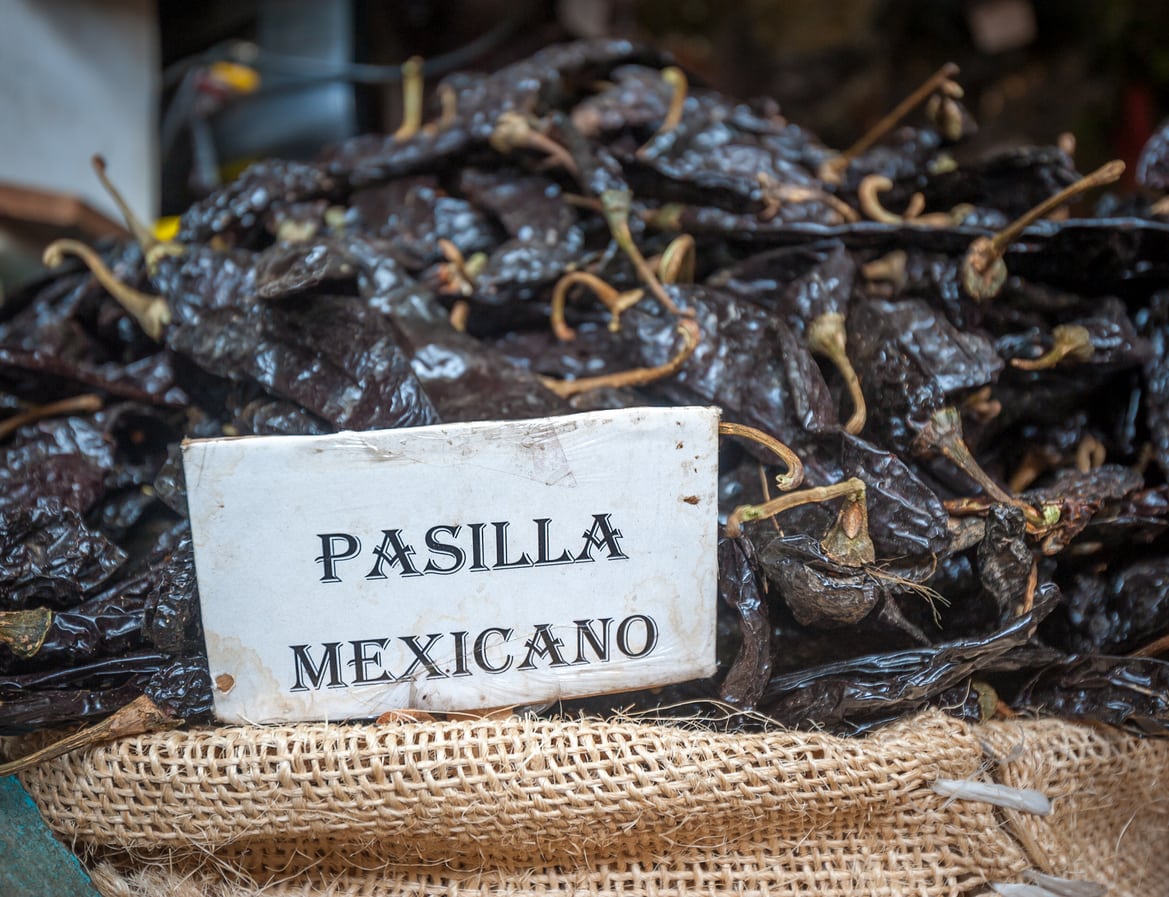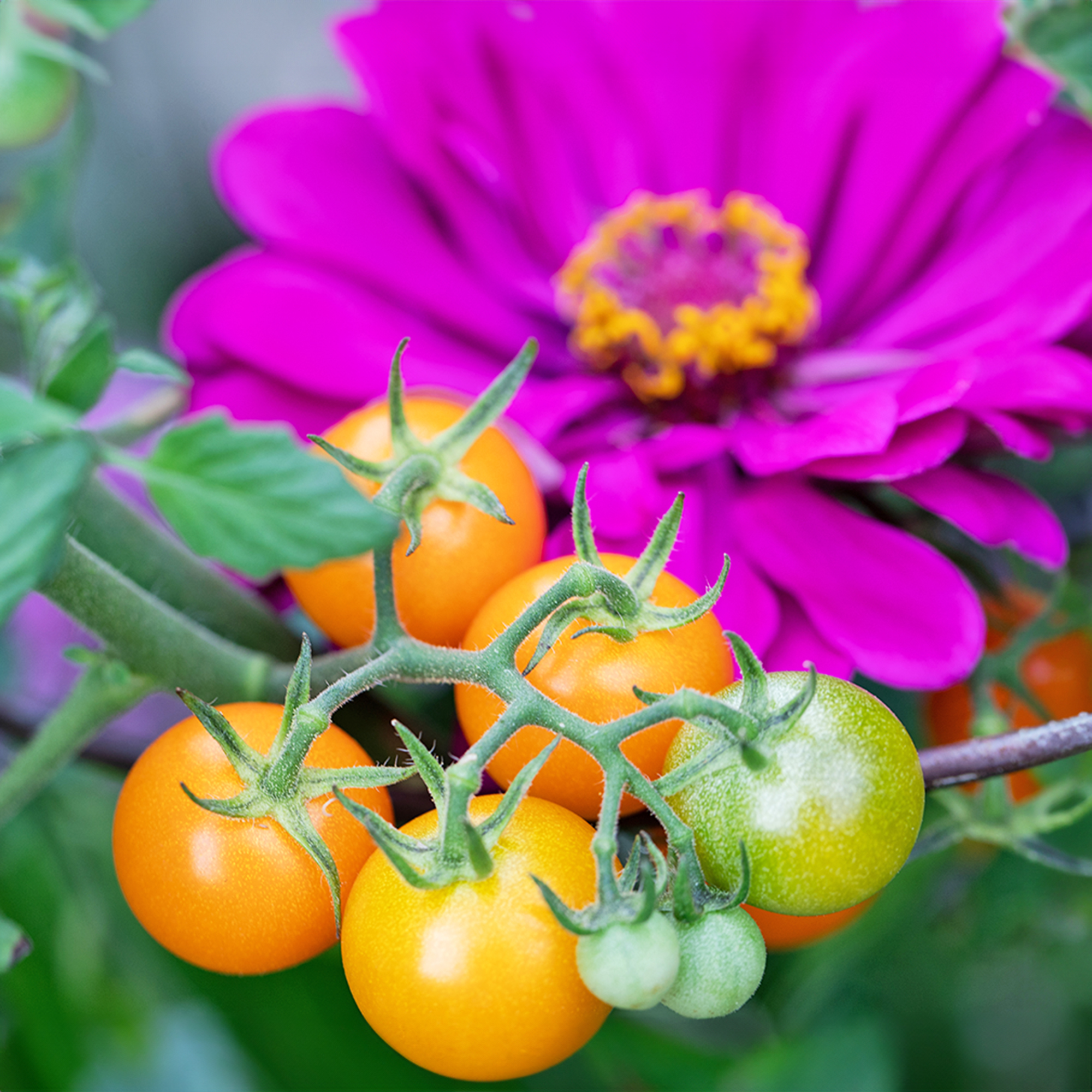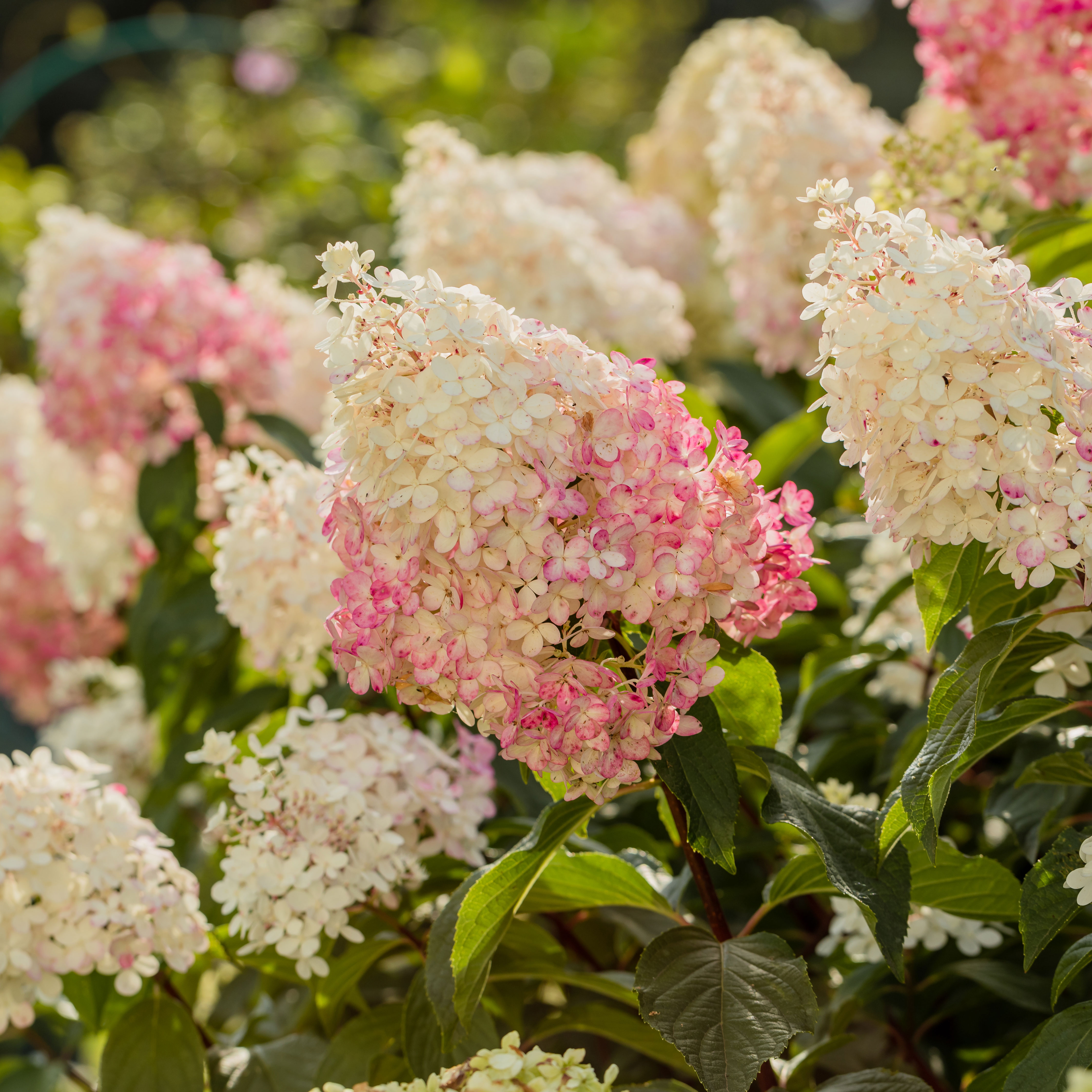What Is A Pasilla Pepper – Learn About Growing Pasilla Peppers


The pasilla pepper is a mainstay of Mexican cuisine. Popular both fresh and dried, pasilla peppers are very versatile and handy to have in your garden. Keep reading to learn more pasilla bajio information, including how to grow pasilla peppers and how harvest and use them in the kitchen.
Pasilla Bajio Information
What is a pasilla pepper? Also called pasilla bajio, this chili’s name in Spanish literally means “little raisin.” This is a slight misnomer, since the pepper is much bigger than a raisin, usually reaching 6 to 9 inches (15-23 cm.) in length and 1 inch (2.5 cm.) in diameter. It’s the color of the pepper, which turns a very dark brown when it matures, that earns the plant its name. Pasillas can be harvested green and immature to make sauces and salsas. They can also be harvested mature and dried. It’s in this form that they are used, along with ancho and guajillo chiles, to make the classic Mexican mole sauce. As chilies go, pasillas are not particularly hot. They have a Scoville rating of 1,000 to 2,500, which means they are equal to less hot than a mild jalapeno. As they mature and become darker in color, they also get hotter. They mostly have a rich, pleasant, almost berry-like flavor.
How to Grow Pasilla Peppers
Growing pasilla peppers is easy, and very similar to growing any other chili peppers. The plants are not at all cold tolerant, and should not be planted outdoors until all chance of frost has passed. In frost free climates, they can live for years, but in colder climates they can be grown successfully as annuals. They like full sun and rich, well-draining soil. They tend to reach 1.5 feet (50 cm.) in height. If picked mature, the pepper can be eaten fresh or, more commonly, dried in a dehydrator, oven, or other place with good air circulation.
Gardening tips, videos, info and more delivered right to your inbox!
Sign up for the Gardening Know How newsletter today and receive a free copy of our e-book "How to Grow Delicious Tomatoes".

The only child of a horticulturist and an English teacher, Liz Baessler was destined to become a gardening editor. She has been with Gardening Know how since 2015, and a Senior Editor since 2020. She holds a BA in English from Brandeis University and an MA in English from the University of Geneva, Switzerland. After years of gardening in containers and community garden plots, she finally has a backyard of her own, which she is systematically filling with vegetables and flowers.
-
 8 Perfect Flowers To Plant With Tomatoes To Boost Yields & Banish Pests
8 Perfect Flowers To Plant With Tomatoes To Boost Yields & Banish PestsDon’t forget flowers when choosing companion plants for your tomato beds or pots. These pretty, fragrant flowers add beauty but are also highly beneficial.
By Mary Ellen Ellis
-
 Want The Longest Lasting Hydrangea Flowers? Grow These 8 Panicle Hydrangea Varieties
Want The Longest Lasting Hydrangea Flowers? Grow These 8 Panicle Hydrangea VarietiesFor ornamental shrubs that deliver the longest flowering seasons with plush blooms and delicate hues, these panicle hydrangea varieties are essential in your yard
By Tonya Barnett